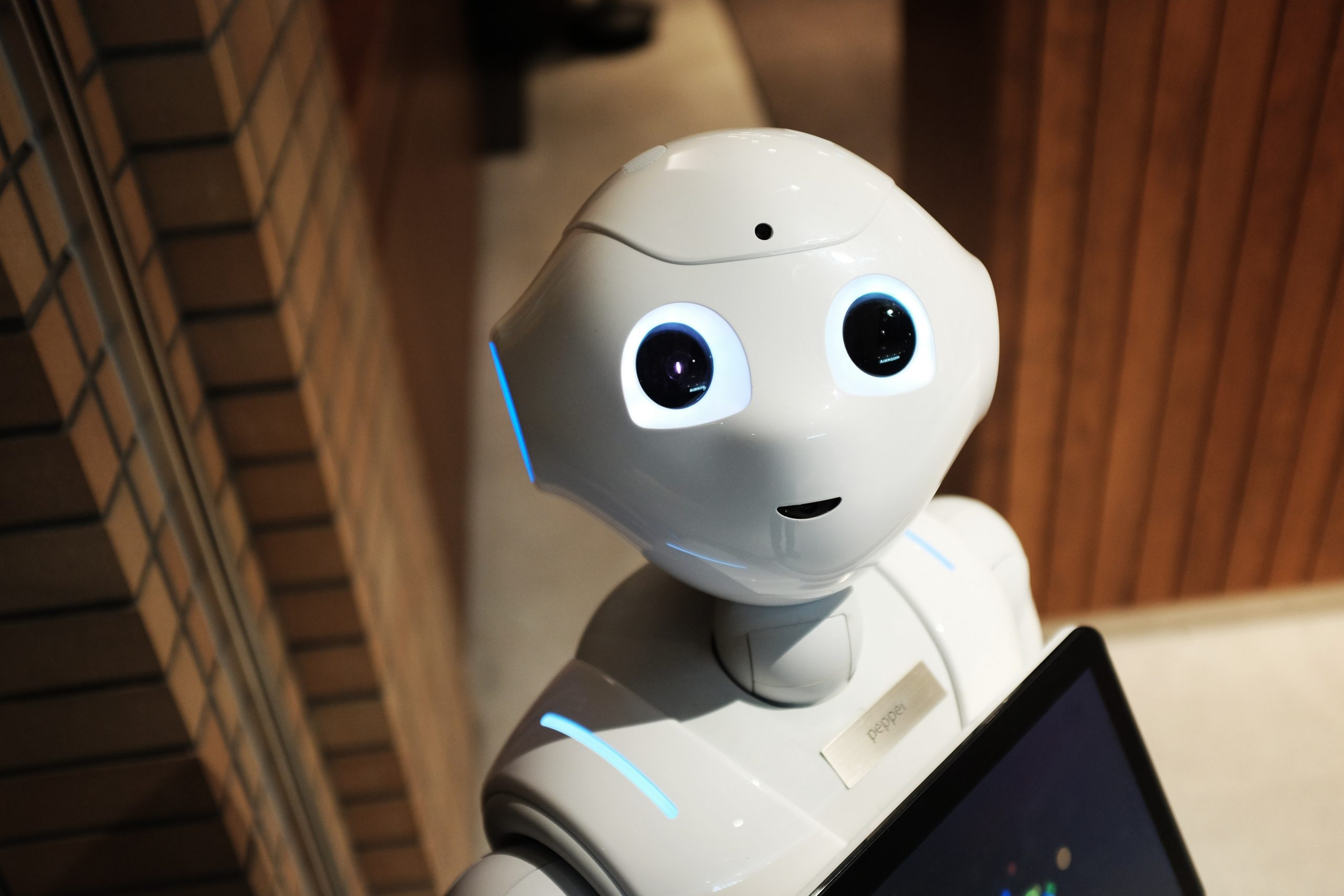A literal ton wouldn’t do anything measurable but yeah, adding more material of lower atomic numbers would in theory work considering it’s a fusion engine and wouldn’t exactly scoff at having to break the water molecule before using it.
Edit: like maybe if there was a star with a bunch of particularly wet planets around it and you somehow deorbited them, since as far as I’m aware the elements heavier than iron are just dead weight, they wouldn’t put out the star or anything.
I mean, if you add enough iron I believe it would eventually disrupt fusion, but you’d need an incredible amount, far more than you’d ever get from orbiting planets.
As I understand it, the problem isn’t the presence of iron, but rather when it starts fusing silicon into iron, as that particular process consumes more energy than it releases, thus eating away at the radiation pressure that keeps the star “held up.”
I was thinking that the added inert mass would decrease the likelihood of individual fusion reactions as well as eventually overpower the radiation pressure due to its effect on total gravitational force, but honestly I don’t really know what I’m talking about so I could be completely wrong.
Fusing silicon into iron should still release more energy than it takes, fusing iron-56 or heavier should be the point of not gaining energy.
Stars have a lot of mass. The Sun loses almost 5 billion tons of mass every second and has enough fuel to last another 4-5 billion years. Adding a single ton of anything would make no appreciable difference. If you were to drop Jupiter into the Sun, it would have an effect, but Jupiter is only 0.09% the Sun’s mass, so the effect would be small.
Is it true that Jupiter itself is close to being a star if you were to add more mass? Would smooshing two Jupiters together make a star?
https://www.astronomy.com/science/ask-astro-could-jupiter-ever-become-a-star/
Depending on how you define a star, you could smush ~13 Jupiters together and make something that is maybe a star. To make a definite star you need ~80 Jupiters. To make it the same size as our Sun you’d need almost 250 Jupiters.
You’d need to smoosh seventy five Jupiters together to make a star.
Thanks. Wow. That’s insane. Stars have a lot of mass then.
If you ever feel like feeling extremely insignificant: https://www.youtube.com/watch?v=5zlcWdTs2-s
Seventy six if you relax
I suspect the answer here is yes, and there’ll be a lot more hydrogen and oxygen in the star afterwards… but really I’m posting to see what a proper scientist will say.
Am keen to know if this would pretty much include anything. For example, if I gathered a great enough density of chocolate eclairs in one place, would that become a star?
I believe anything lower from iron will make a star, when enough material added. Of course, one material from iron will give a much smaller lifespan for a star rather than hydrogen only.
I think that an iron ball wouldn’t start a fusion. Might just jump right to a black hole if you added even more iron 🤔
Damn now my curiosity is piqued.
So let’s theoretically gather together an almighty ball of iron.
As you add more, would it’s own gravity cause the density to increase to a point where it would collapse into a black hole?
Would chocolate eclairs achieve fission? I need to submit these to Randall Munroe.
There is a way to find that out. We can use Schwarzschild radius to find the point at which an objects radius crosses the event horizon and thus becomes a black hole; Rs=2GM/c2, Rs being the Schwarzschild radius, G being the gravitational constant (6.67xe-11), M being the things mass, and c being the speed of light.
As you add more, would it’s own gravity cause the density to increase to a point where it would collapse into a black hole?
I believe so!
I assume chocolate is made of lighter elements than iron so yeah, a big chocolate ball enough would become a star!
Yum 🤤
I don’t know how long it stays edible 😅
And eventually you’d be crushed by the growing gravitational pull of this chocolate ball!
deleted by creator
There’s a lot of oxygen in water by star standards, so keep that in mind. It’s possible the change in metallicity will offset any change to equilibrium temperature, although I don’t really know the details.
deleted by creator




